High-Level Synthesis for FPGA, Part 2 - Sequential Circuits
Logic Design with Vitis-HLS
4.65 (161 reviews)
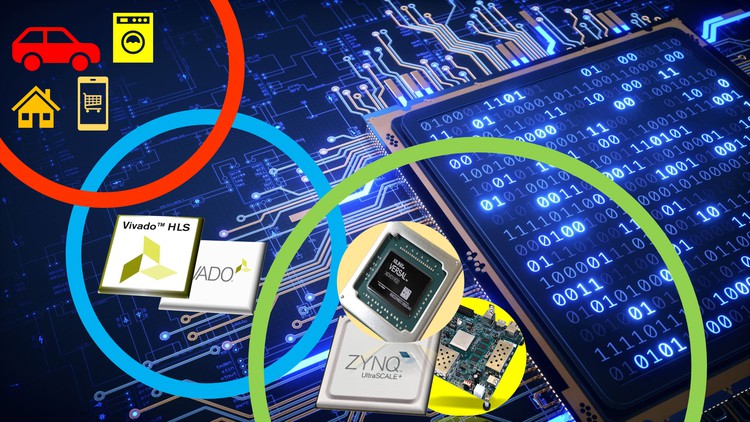
2,165
students
9.5 hours
content
Mar 2023
last update
$74.99
regular price
What you will learn
Designing sequential logic circuits with C/C++ language using the HLS approach
Understanding the basic concepts of High-Level Synthesis (HLS)
Using HLS concepts for designing sequential logic circuits
HLS design flow for FPGAs
Working with Xilinx Vitis-HLS and Vivado design suite Toolsets
How to generate RTL hardware IPs using Vitis-HLS
Writing C-testbench in HLS
Implementing three exciting projects with HLS
Screenshots
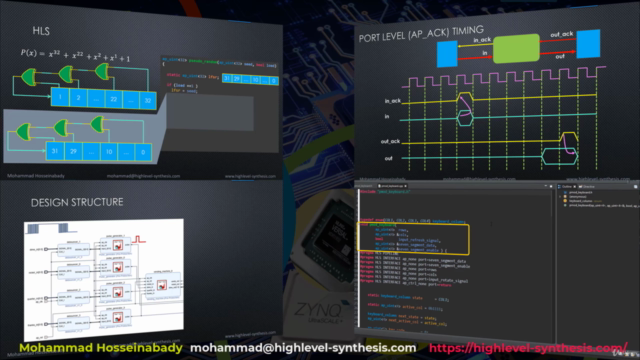
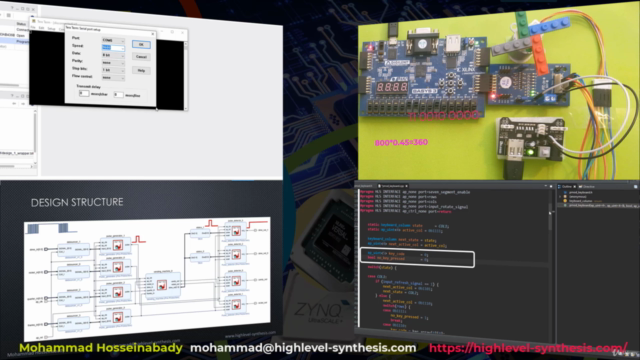
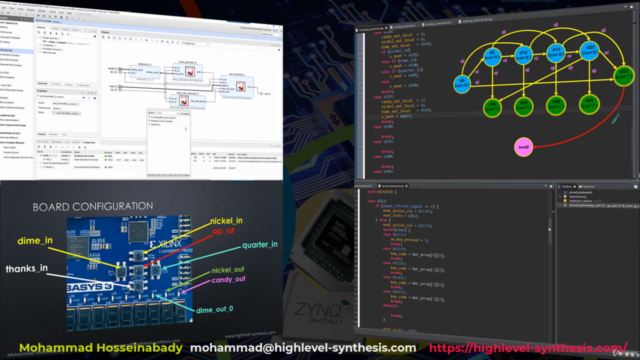
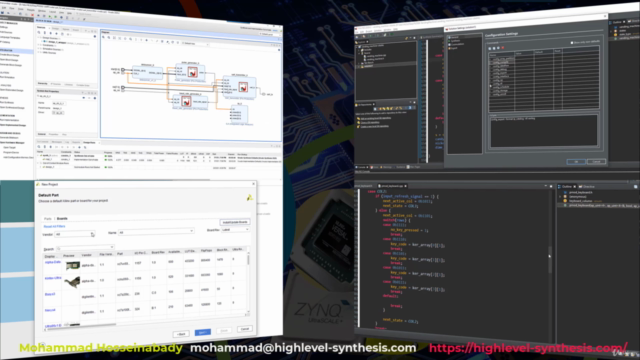
Related Topics
3639976
udemy ID
11/17/2020
course created date
3/30/2021
course indexed date
Bot
course submited by